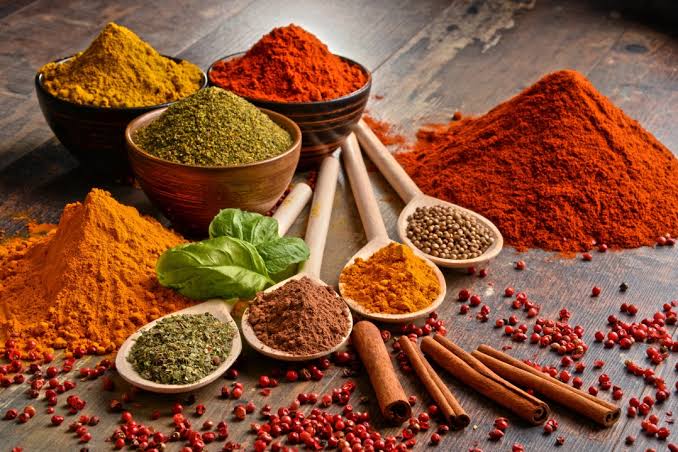India, known for its vibrant culture, diverse landscapes, and rich history, is unarguably the land of spices. From the bustling markets of Kerala to the kitchens of every Indian household, spices play a vital role in Indian life. Whether it’s for cooking, skincare, haircare, or even medicinal purposes, spices are deeply woven into the fabric of Indian tradition. While Africa may take the crown for its wealth of herbs, India remains the undisputed leader when it comes to spices.
A most remarkable aspect of Indian spices is their versatility. In the culinary world, spices are essential in creating the rich and complex flavors that define Indian cuisine. Turmeric, cumin, coriander, and cardamom are just a few examples of spices that are used daily in Indian kitchens. Each region in India has its unique blend of spices that create distinctive flavors, making Indian food an exciting and flavorful experience. A simple curry, for instance, might have a dozen different spices blended in perfect harmony, offering a burst of flavor with every bite.
Turmeric, known as the “golden spice,” is perhaps the most famous of all Indian spices. It is not only a key ingredient in cooking but also holds significant medicinal value. For centuries, turmeric has been used in Ayurvedic medicine for its anti-inflammatory properties. Many Indians consume turmeric mixed with milk to boost immunity and heal minor wounds. Recently, this spice has gained global popularity for its potential health benefits, such as improving digestion, boosting immunity, and reducing inflammation.
India’s love for spices extends far beyond the kitchen. Spices like fenugreek, curry leaves, and amla (Indian gooseberry) are often used in haircare. Indian women have long relied on these natural ingredients to keep their hair thick, shiny, and healthy. Fenugreek seeds, for example, are soaked overnight and ground into a paste to nourish the scalp and promote hair growth. Amla, rich in vitamin C, strengthens hair roots and prevents premature greying, making it a staple in many Indian hair oils.
Spices are also widely used in Indian skincare routines. For centuries, women in India have relied on natural ingredients like sandalwood, turmeric, and saffron to enhance their skin’s radiance. Turmeric, with its anti-inflammatory and antibacterial properties, is often used to treat acne and brighten the skin. Sandalwood is used to soothe irritated skin and reduce blemishes, while saffron, one of the most expensive spices in the world, is prized for its ability to give the skin a natural glow.
In addition to beauty and health, spices have a long-standing association with medicine in India. Traditional Ayurvedic practices have used spices for their healing properties for thousands of years. Cloves, cardamom, and cinnamon are used to treat digestive issues, respiratory problems, and infections. The powerful combination of flavor and health benefits makes Indian spices irreplaceable in holistic healing practices.
Though Africa is often celebrated for its rich variety of herbs, when it comes to spices, India takes center stage. India’s unique climate and fertile soil make it the perfect place for growing a wide range of spices. In fact, India is the largest producer of spices in the world, accounting for around 70% of the global spice market. Indian spices are exported to countries worldwide, with a reputation for their unparalleled quality and potency.
India, undeniably, is the land of spices not just because of the quantity produced, but due to the profound role spices play in everyday life. From enhancing the taste of food, improving hair and skin health, to healing the body through Ayurvedic medicine, Indian spices offer a wide array of benefits. Whether you’re in the kitchen, the bathroom, or the doctor’s office, chances are there’s an Indian spice that can help you.











